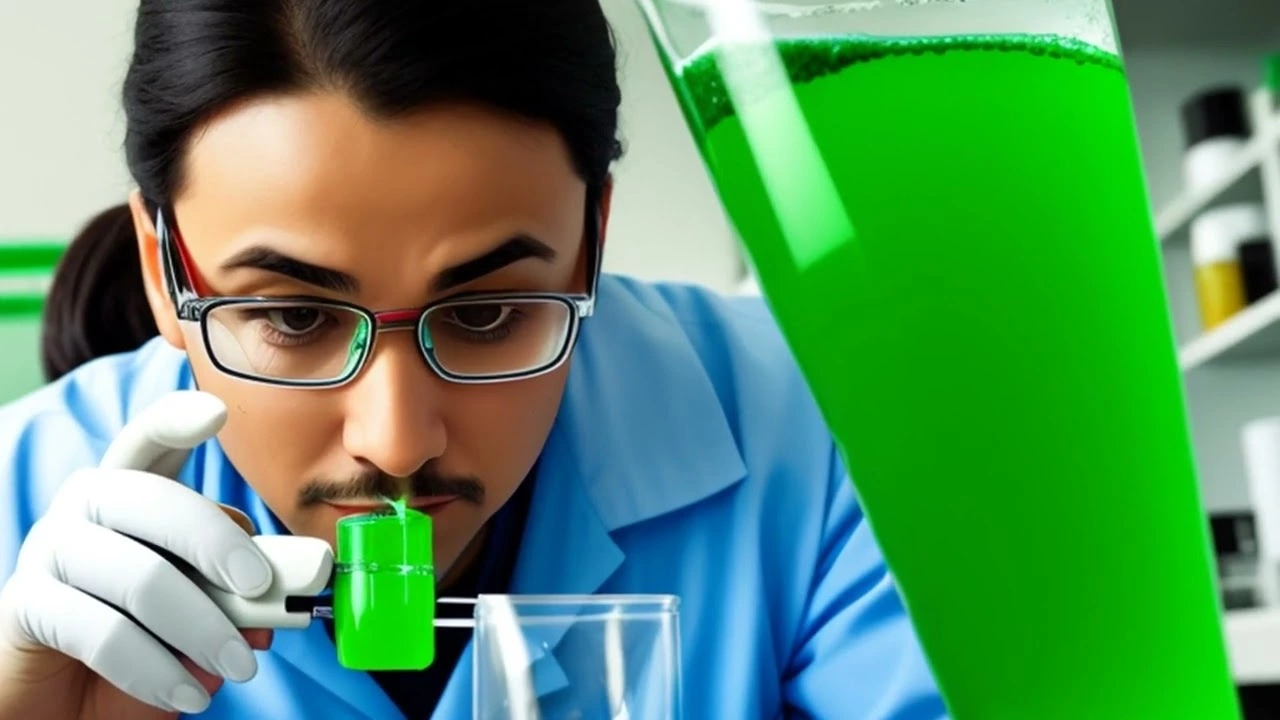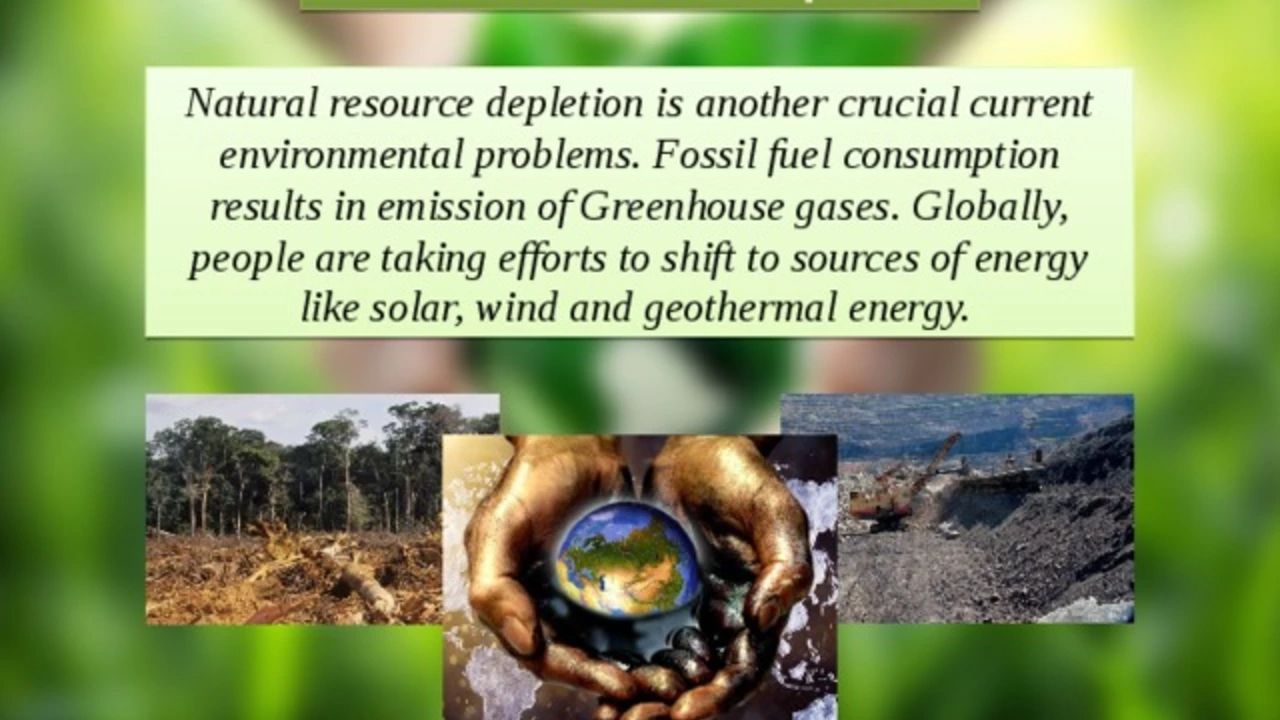
Florida Gators Rally Past Mississippi State in SEC Series Opener
Florida Gators rally with a 13-3 win, clinch a series victory and extend their SEC winning streak, while key players shine in Starkville.
more
Florida Gators rally with a 13-3 win, clinch a series victory and extend their SEC winning streak, while key players shine in Starkville.
more
Brewers' unconventional opener strategy pays off as they defeat Cubs 3-1 in Game 5, ending a six‑year postseason slump and advancing to the NLCS.
more
New Mexico tops the Mountain West with a 17‑3 record, but preseason polls favor San Diego State, Utah State, and Boise State for next season, highlighting the conference's shifting dynamics.
more
Cleveland rallied with a six‑run second inning to beat Boston 8‑1 on September 3, 2025, sparing a series sweep. Gabriel Arias’ two‑run homer sparked the outburst, while Steven Kwan and José Ramírez added key hits. Boston’s lone run came in the fourth, driven in by Eric Sogard. The win keeps the Guardians alive as the regular season edges toward its final stretch.
more
No. 17 SMU hosts Baylor on Sept. 6 with the Mustangs favored by 2.5–3 points. Baylor’s Sawyer Robertson threw for 419 yards in a Week 1 loss to Auburn, while SMU rolled past East Texas A&M. Books set the total at 64.5–65.5. Models are split, and red zone play plus SMU’s injury question at linebacker could swing it. Lean SMU in a one-score game with shootout vibes.
more
Well folks, buckle up, because we're about to dive head-first into the wild world of threats to our beloved natural resources. So, who's the big, bad wolf huffing and puffing at our environment's door? Unsurprisingly, it's us humans. Our rampant industrialization and, dare I say, our obsession with 'progress' has led to pollution and overexploitation, really giving Mother Nature quite the headache. Then there's climate change and invasive species, two uninvited guests at the nature party. But hey, let's remember, we're not just the problem, we're also the solution! So let's roll up our sleeves and protect our precious resources, because the earth deserves a break too, right?
more
Alright folks, get ready for a roller-coaster ride through the wild terrains of Environmental Science and the deep, mysterious oceans of Biology. Now, should you study Environmental Science or Biology? That's like asking whether to eat a hot dog or a hamburger at your favorite BBQ joint, it's all about personal taste! If you're a tree-hugger with a passion for understanding how our planet works, Environmental Science could be your jam. But if you're more into unraveling the intricate puzzles of life in all its forms, then Biology might be your cup of tea. Remember, the world is your oyster, so pick your pearl wisely!
more
In my recent exploration of environmental issues, I've come to understand that even natural resources can contribute to pollution. An example of this is coal, a fossil fuel that's been a dominant source of energy for centuries. While it's abundant and easy to extract, burning coal produces harmful substances like sulfur dioxide and nitrogen oxides, which contribute significantly to air pollution. Moreover, the process of mining coal can lead to water and soil contamination. It's a stark reminder that not all natural resources are environmentally friendly.
more
In the simplest terms, an abiotic environment refers to all non-living elements that form the surroundings or habitat of living organisms. This includes physical factors like sunlight, temperature, and wind, and chemical factors such as soil composition and water pH. It's amazing how these abiotic factors greatly influence how and where organisms can live. Just think about it, the lack of sunlight in deep oceans or extreme temperatures in deserts shape the kind of life that can exist there. So, in essence, the abiotic environment plays a crucial role in shaping the biodiversity we see around us.
more
As an ocean explorer, I've seen firsthand how abiotic factors, like temperature, light, and salinity, shape the lives of marine creatures. Temperature regulates the metabolic rates of organisms while light penetration dictates the abundance and distribution of photosynthetic species. Salinity influences the osmoregulation processes in marine life. Additionally, factors like pressure, nutrient availability, and water movement significantly impact the survival, distribution, and behavior of oceanic life. It's truly fascinating how these non-living elements play such a critical role in sustaining the vibrant, living world beneath the waves.
more